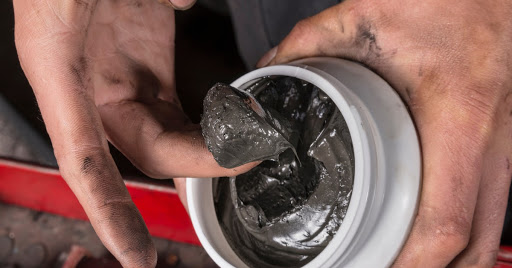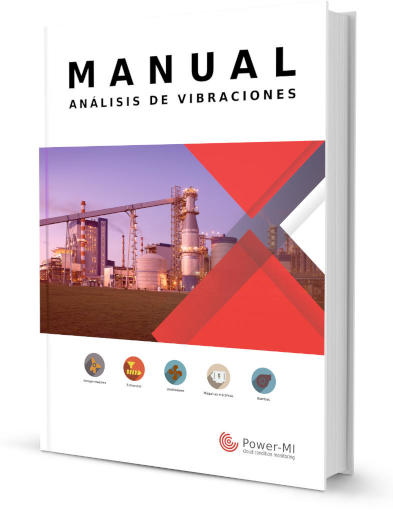Lubrication is the separation of two metals by a film of lubricant. When this separation is not optimal or is not done correctly, you have a lubrication problem failure. The lubricant is generally oil or grease.

Causes
The most common causes of a lubrication problem detectable by visual inspection are:
- Little or no lubricant.
- Lubricant degradation.
- Contamination of the lubricant with metallic particles, water, or coolant.
- Non-compatible lubricant mixture.
- Lack of oil circulation.
- Excess fat
- High temperature.
- Failures in oil circulation systems.
- Oil filters clogged.
Cases
Through visual inspections the most common cases of lubrication problems that are diagnosed are:
- Lubricant degradation in gearboxes.
- Bearings with contaminated grease or over-greased.
- Contamination of lubricant with metallic particles in gearboxes or bearings.
- Guides and rails lacking in grease.
Diagnosis
The detection of the lubrication problem in visual inspections is by direct observation (coloration, contamination in filters, grease, or leaks) using Level indicators, high temperature, abnormal noise, odor, or oil levels.
Points to consider:
- Oil in hydraulic systems does not generally lead to lubrication problems.
- Visual inspections can be done in conjunction with oil sampling. In such cases, observations are usually made of the condition of the oil and the drainage system.
- In general, the lubrication problem failure must be verified by laboratory analysis or online monitoring of the oil as visual inspections can only obtain indications of this failure.

 cloud_download
cloud_download